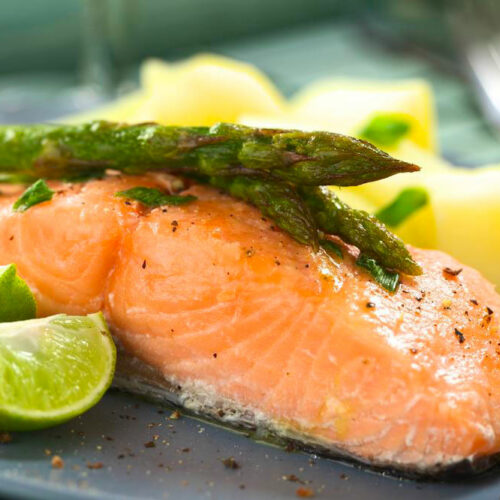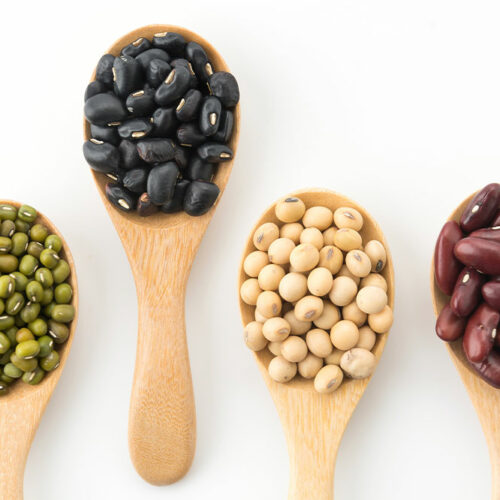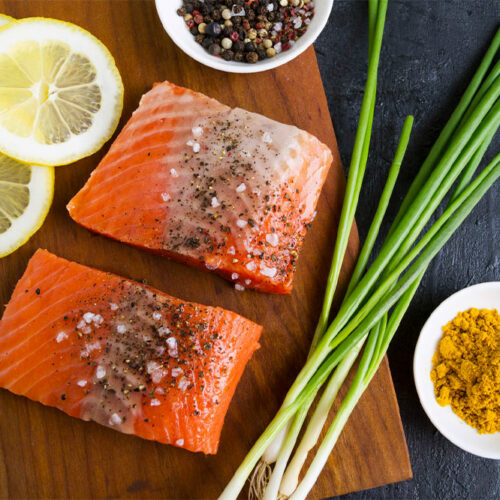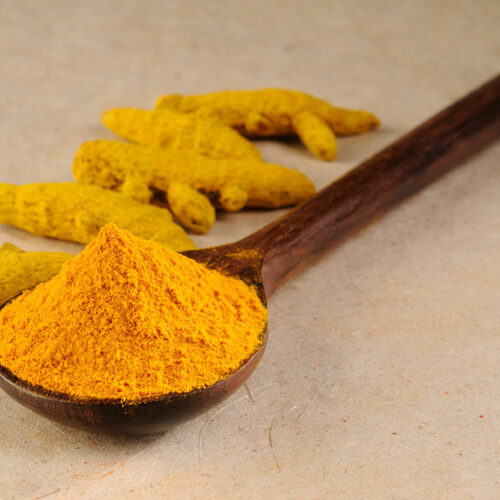6 key benefits of keto gummies

Keto gummies have gained massive popularity among people on a fitness journey. These chewy treats are particularly effective for those who have switched to a carbohydrate-free food regimen and those who struggle to make time for intense exercise. Moreover, they offer several benefits for the body that are worth exploring. Whether looking to boost energy levels or lower BMI levels, these gummies can be a valuable addition to one’s fitness routine. Helps reduce inflammation and fight diseases Often, keto gummies are packed with phytonutrients and antioxidants. A few common antioxidants present in these gummies include beta carotene, vitamin C, and vitamin B-complex. The main benefit of these substances is that they have anti-inflammatory properties. So, they help the body fight diseases, thereby enhancing the overall immune function. Improves nutrient absorption Eating nutrient-rich food is essential to keeping the body healthy. However, if the body is not able to absorb these nutrients properly, one may not get the complete benefit of the nutrients consumed. Here is where keto gummies can help. Many of these gummies contain capsaicin, a compound that can help the body absorb nutrients from the food. Boosts energy levels Keto gummies can help one stay energetic in several ways.






